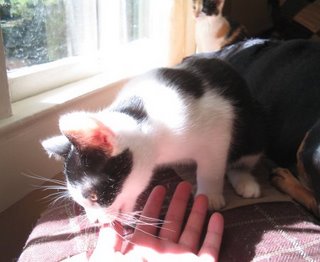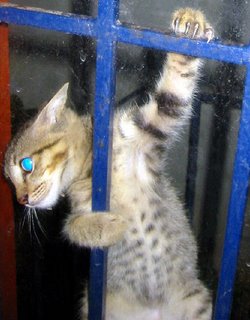
Attempting a daring escape to rescue his brother who is imprisoned for a crime he didn't commit. By McGun.
The Perfect Picture Photography School is world's leading provider of online photography, photoshop courses, and many more..



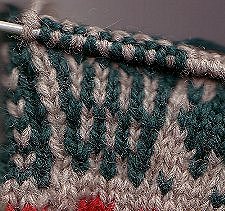






 There is sometimes a feeling of a dangerous zone, of a fragile state that almost makes one look away, as if there was something indecent about showing oneself. As if it were an exposition and not a capturing of something. Then again, curiosity is stronger and I dare you not to look at all the pictures with great attention. The attraction of intimacy, combined with a gentle sense of humor, is right on the spot. Shen Wei says:
There is sometimes a feeling of a dangerous zone, of a fragile state that almost makes one look away, as if there was something indecent about showing oneself. As if it were an exposition and not a capturing of something. Then again, curiosity is stronger and I dare you not to look at all the pictures with great attention. The attraction of intimacy, combined with a gentle sense of humor, is right on the spot. Shen Wei says:Once I achieve the trust of the model, I can feel their energy and their desire to be seen and be explored but at the same time still reserve some for themselves. It is in those Almost Naked moments that my subjects are the most exquisite, when things occur, and what generally is not displayed initially in public is exposed. I emotionally and physically strip the sitters when the trust and friendship is built between us. The key to building that trust and friendship is to make them feel at ease with conversation and personalized emotion contact. It can sometimes be psychological, sometimes more sensual, sometimes more or less sincere, depending upon the personality of the sitters and the intimate level of the environment. It is the art of psychology within making art.
 None of the people smile.
None of the people smile.

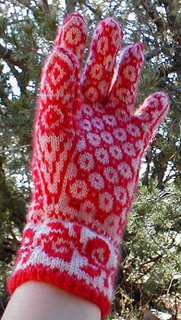

 Yinka Shonibare, Scramble for Africa (2003)
Yinka Shonibare, Scramble for Africa (2003)...the fabrics are not authentically African – they were produced by the Dutch in the 19th century and then subsequently by the English for sales to the African market.That makes the situation even more absurd and scary. What is left of Africa? And what can be left for Africa?

And really the idea behind it is to draw a parallel with the relationship between the contemporary first world and third-world countries. I want to show that behind excessive lifestyles there are people who have to provide the labour to make this kind of lifestyle happen.But generally I think I made a piece of work about this painting because I actually admire the work very much. And I like the contradiction of taking something that’s supposedly ‘ethnic’ and putting that onto classical European painting.
All this seems fairly light, naive, compared to what the critics have to say about Yinka Shonibare's works. Does this mean he is unaware of the worlds he is creating? Is he simply using strong imagery that brings about a huge load of references? Possibly. Does that change anything? Does that make him a worse artist? Should the artist be his own critic? Should he be a philosopher as well?
Obviously, the artist part of being an artist is to make art. And then, see what happens. That's in the ideal world. In the one I know, the artist also sells his product, by being who he is, by having the life he has, by speaking the way he speaks. This doesn't signify the impossibility of defending oneself through work alone, but certainly makes it all the more difficult. And brings another issue.
What if Yinka Shonibare didn't make contemporary ethnic art? What if his work were just contemporary, and dealt with, say McDonald's or sex or any other issue? And let's imagine, for the sake of the argument, that it weren't any worse than what he is doing now. Would we know him? Who would he be? Would it matter that he is black, was born in London, lived in Nigeria and studied at Goldsmiths? There is a very irritating way the art world defines itself through basic associations of life and work. Possibly this has to do with the art having moved into a direction that is so difficult to judge (although artists like Shonibare play remixing the old school in a somewhat old-school way) that more is required in order to give it value (clearly also market value).
Isn't there something wrong with this picture? Some sort of an obsession that has more to do with the way one is seen than with the way one sees? Of course, Bacon had enough guts to spill them over and over again on the canvas. But let's put it bluntly: most of us, most of artists, are not Francis Bacon. And still, they keep on painting the same painting. Looking for what? Perfection? Style? Truth? Exploring? Or self-branding, self-censoring?
Yinka Shonibare, Toy Painting 26 & Toy Painting 27 (2005)

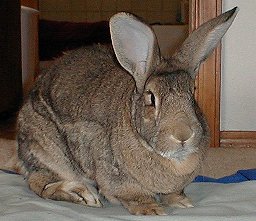


 This magnificent artist has been recommended to me by my brother. Just look:
This magnificent artist has been recommended to me by my brother. Just look: And more...
And more...

 So is this a question of time? Does the world today have less to offer to the eye of a photographer? Apparently not:
So is this a question of time? Does the world today have less to offer to the eye of a photographer? Apparently not: The picture was taken in 1997. But in Siberia. Which still remains somewhat exotic. Exotic. There's the rub. Maybe the politician that bows while saying hello is just as exotic to someone from a different culture as many of those pictures are to us? (And then, of course, what is "us"? Isn't it an impossible word when publishing something on this site?)
The picture was taken in 1997. But in Siberia. Which still remains somewhat exotic. Exotic. There's the rub. Maybe the politician that bows while saying hello is just as exotic to someone from a different culture as many of those pictures are to us? (And then, of course, what is "us"? Isn't it an impossible word when publishing something on this site?)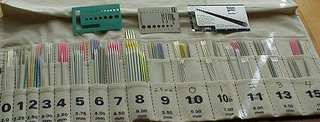

 Lori Herbserger, New Paintings Installation (Untitled), 2002 (acrylic on canvas and wall)
Lori Herbserger, New Paintings Installation (Untitled), 2002 (acrylic on canvas and wall)